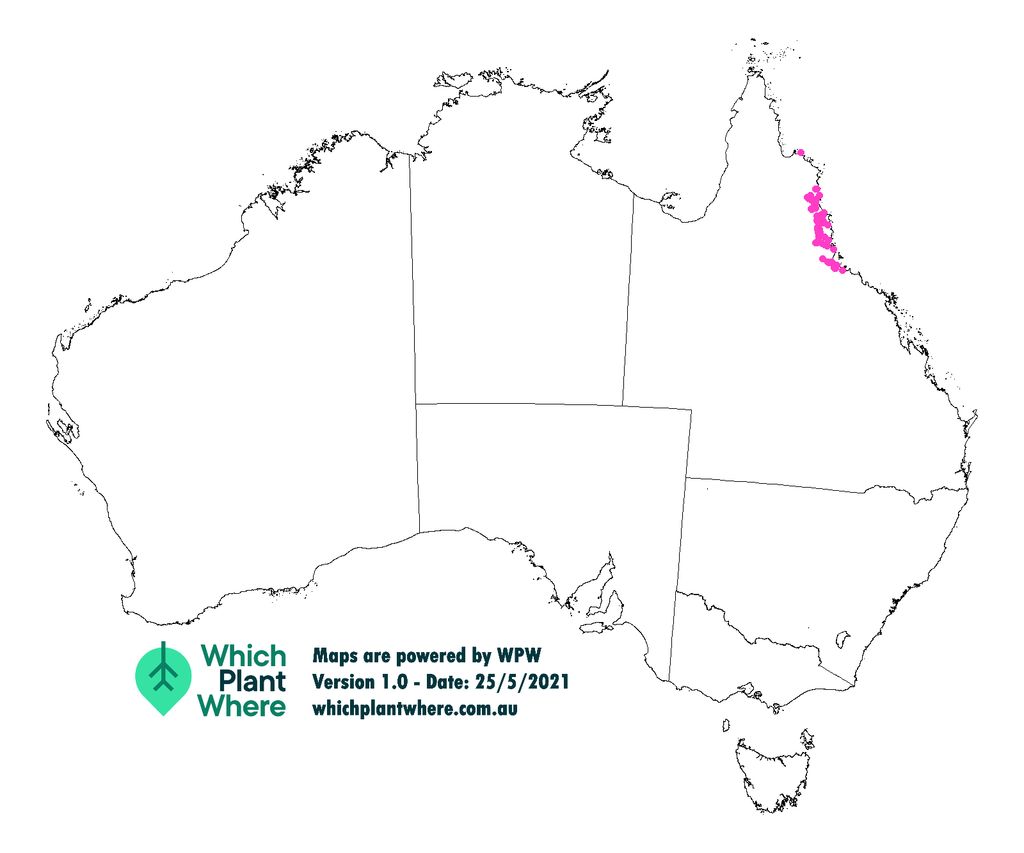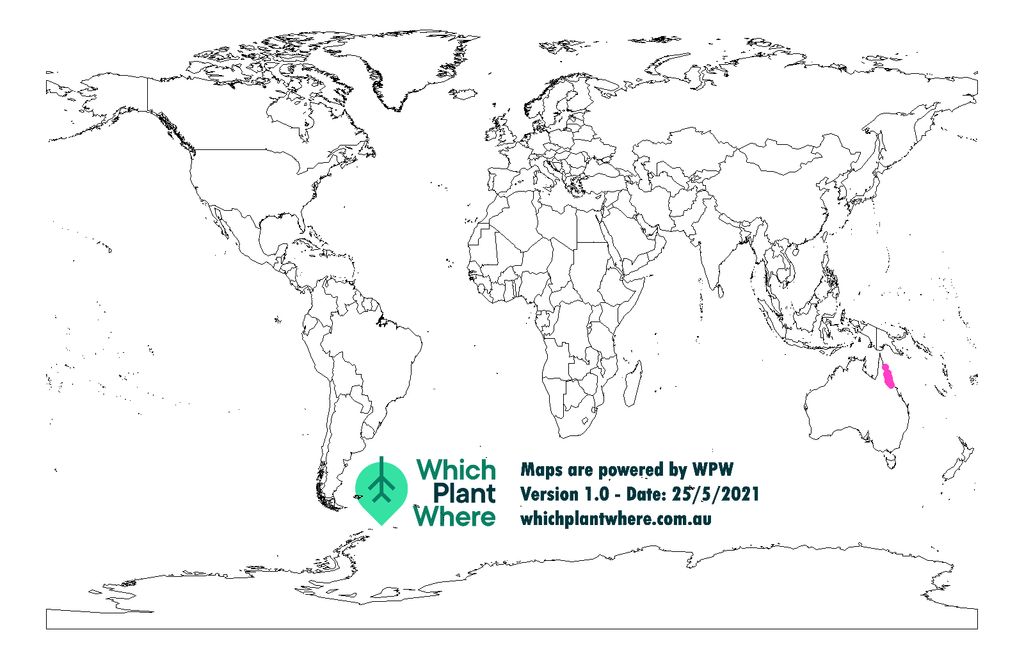
Calodendrum capense
Species
Tree
| Family | Rutaceae |
|---|---|
| Synonyms | Dictamnus calodendrum, Pallasia capensis, Pallassia capensis, Tarenna papyracea |
| Common names | Cape Chestnut |
Show map ↓
Loading...
Performance
Shade tolerance Full sun Part shade
Tolerance
High drought
Moderate frost
Moderate coastal
Moderate frost
Moderate coastal
Growth rate Slow
Biodiversity
Bird
Insect
Pollinator
Climate Suitability
Climate suitability
Unsuitable Suitable
203020502070
Loading mappings...
Use the slider to see how climate suitability for this species is changing over time across Australia (2030, 2050 and 2070)
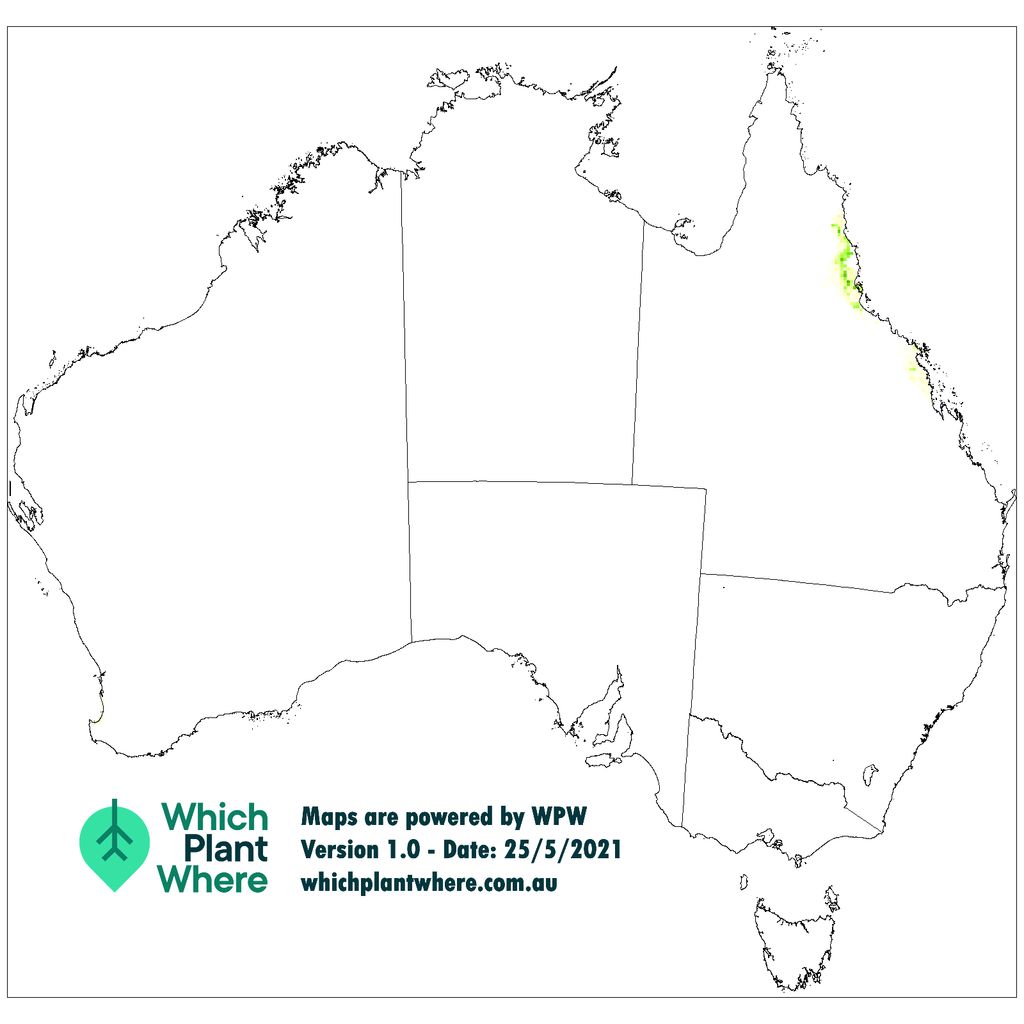


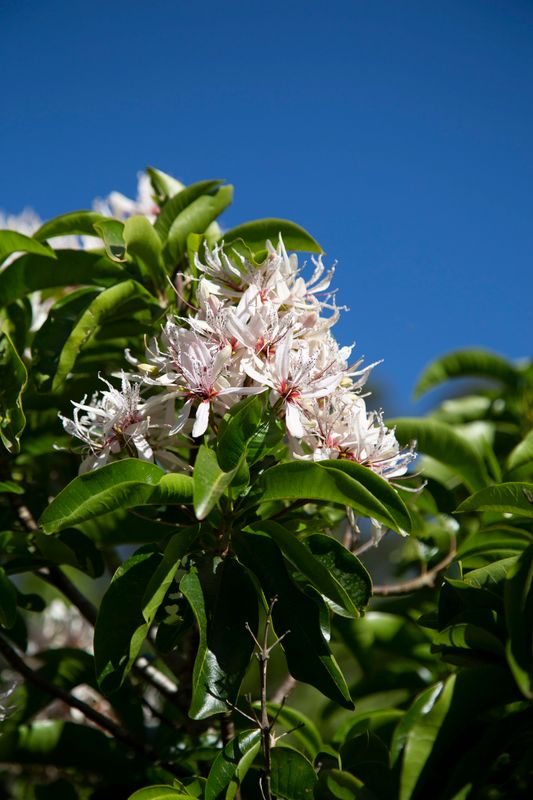
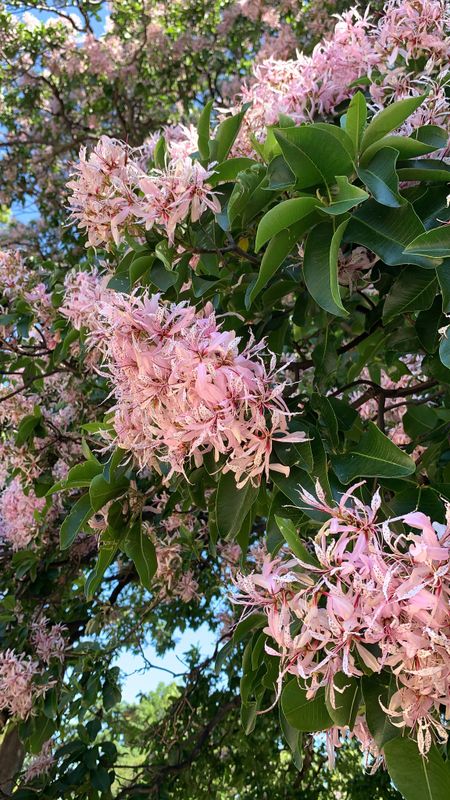
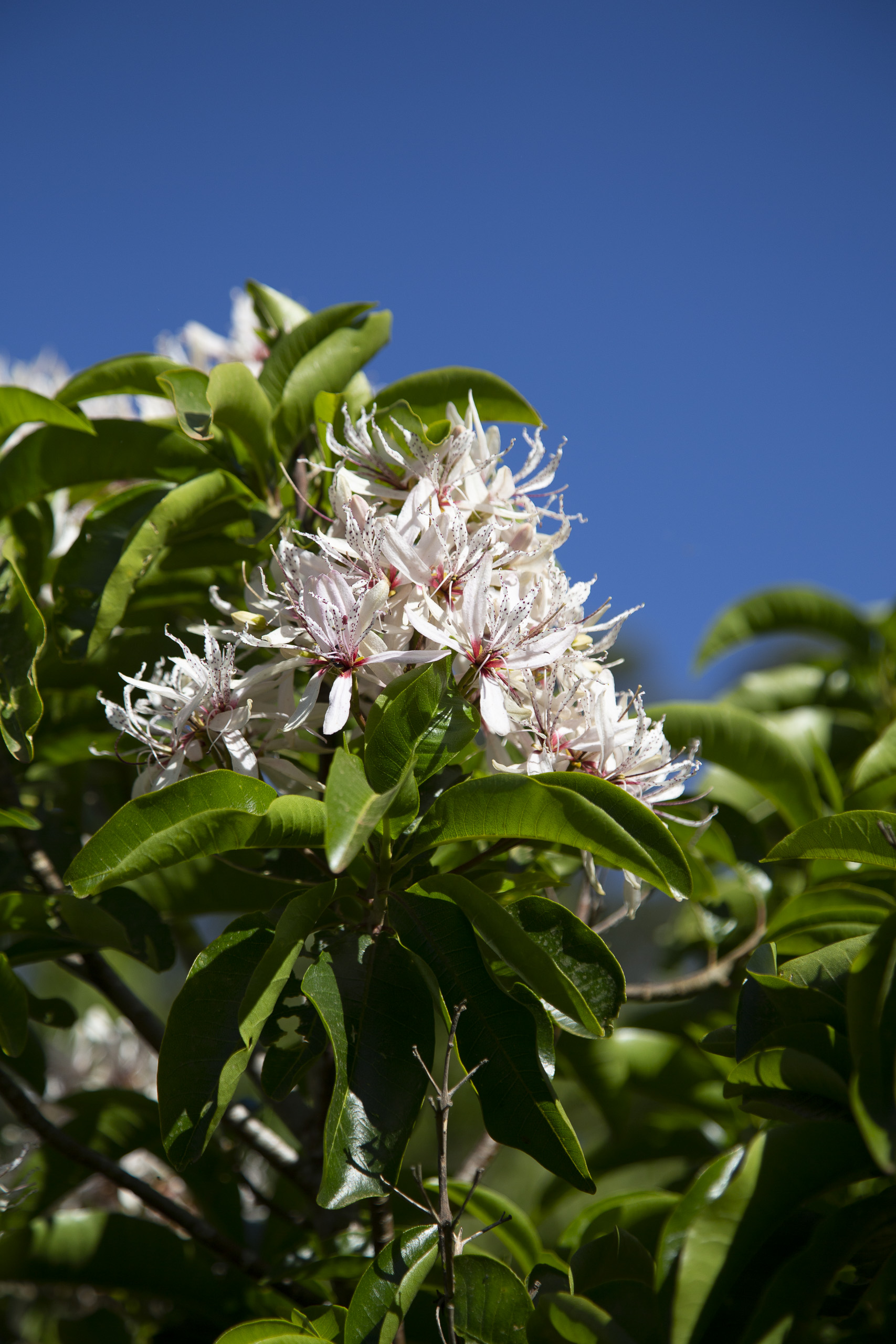
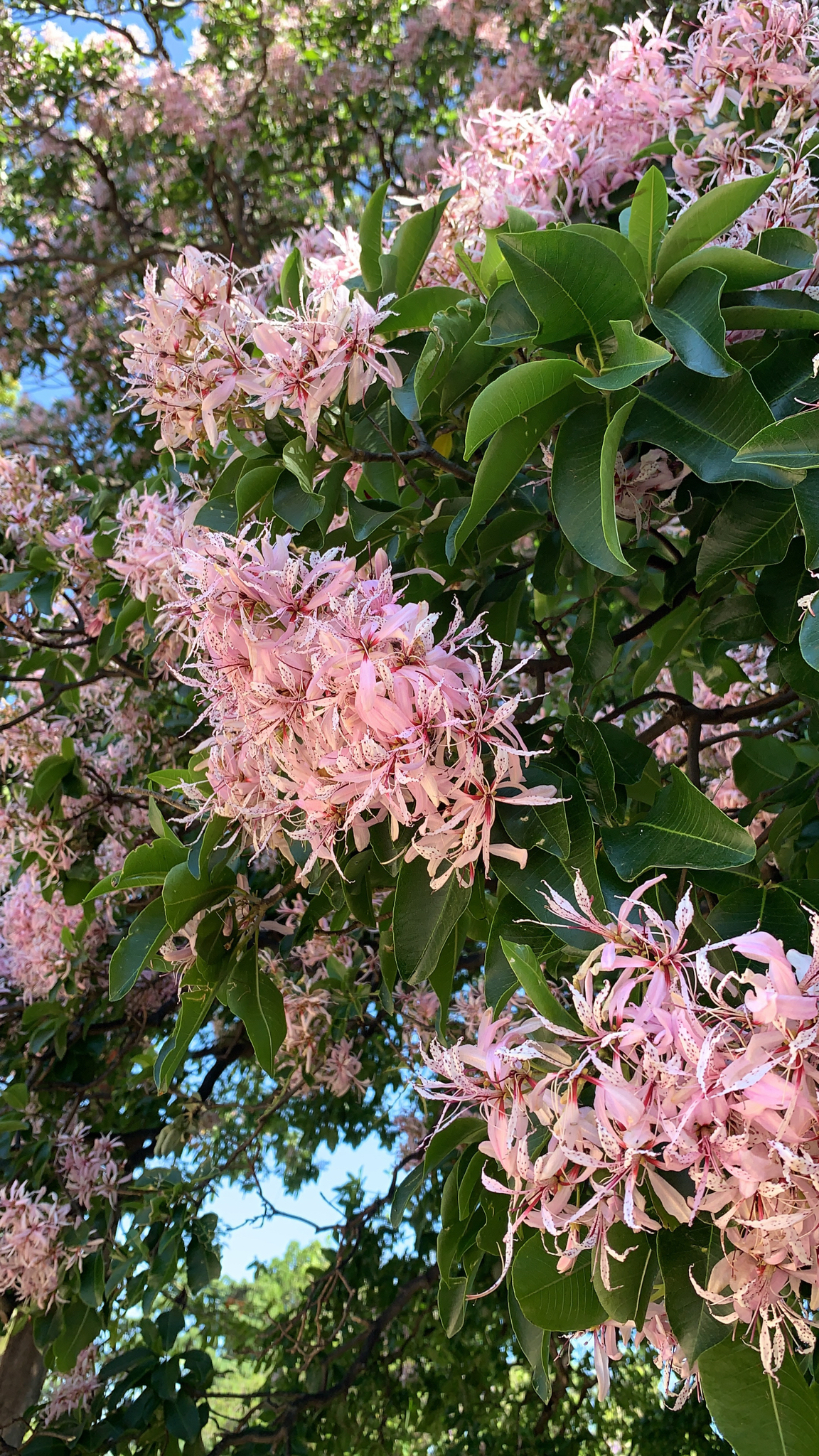


 High drought
High drought
 Moderate coastal
Moderate coastal
 Bird
Bird
 Insect
Insect
 Pollinator
Pollinator
